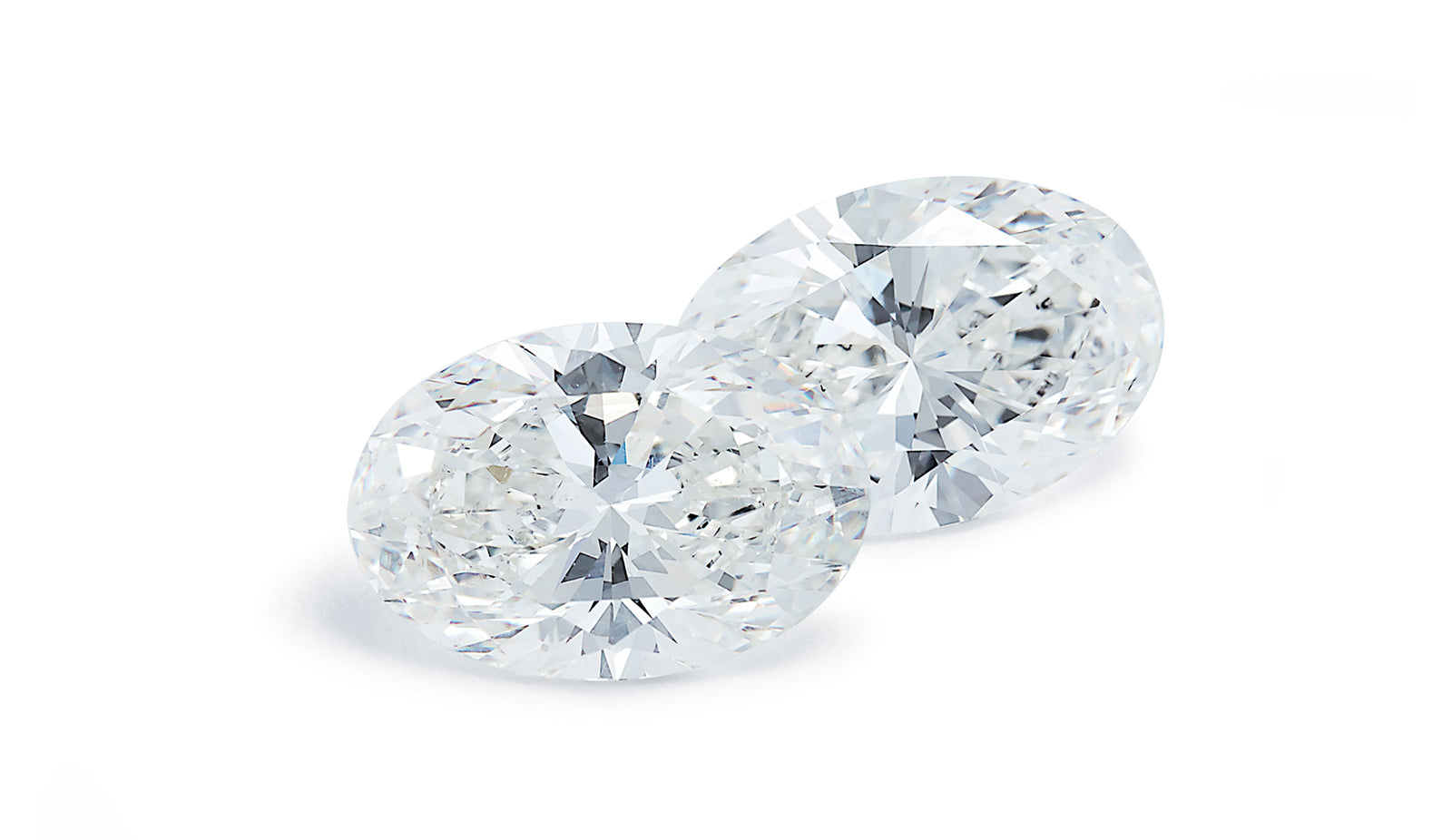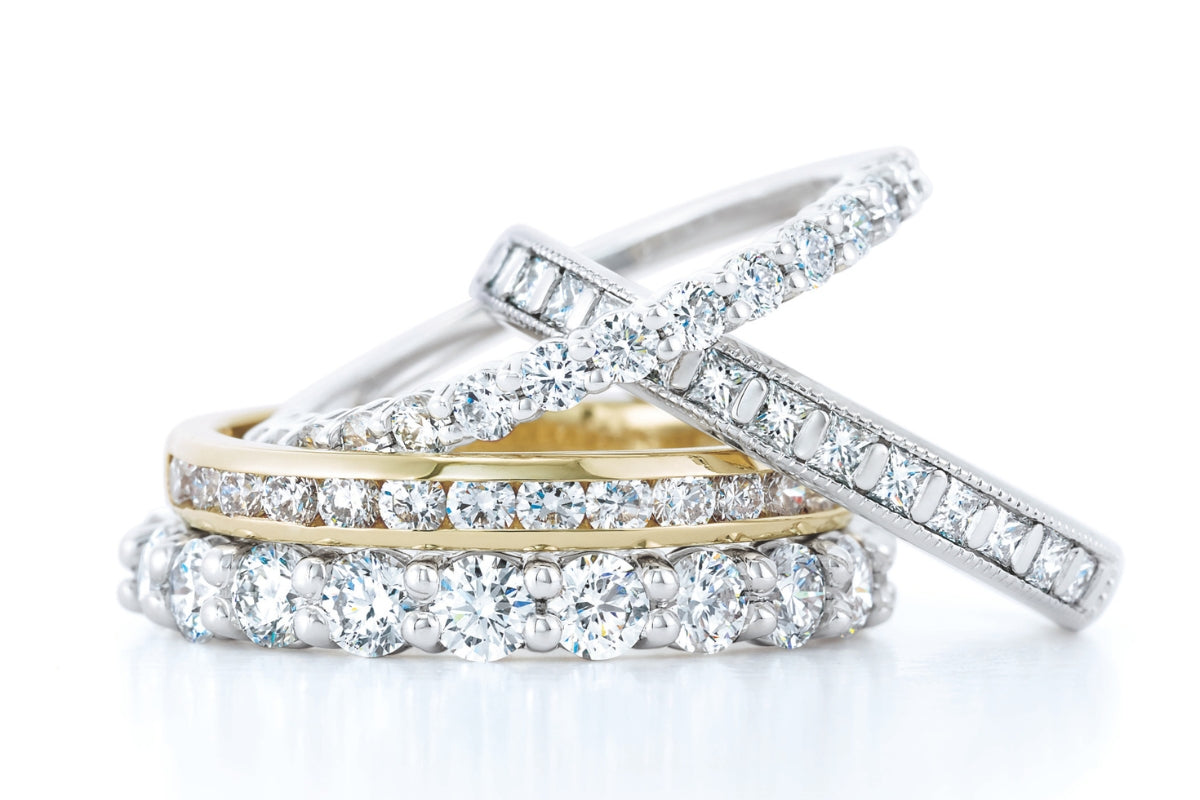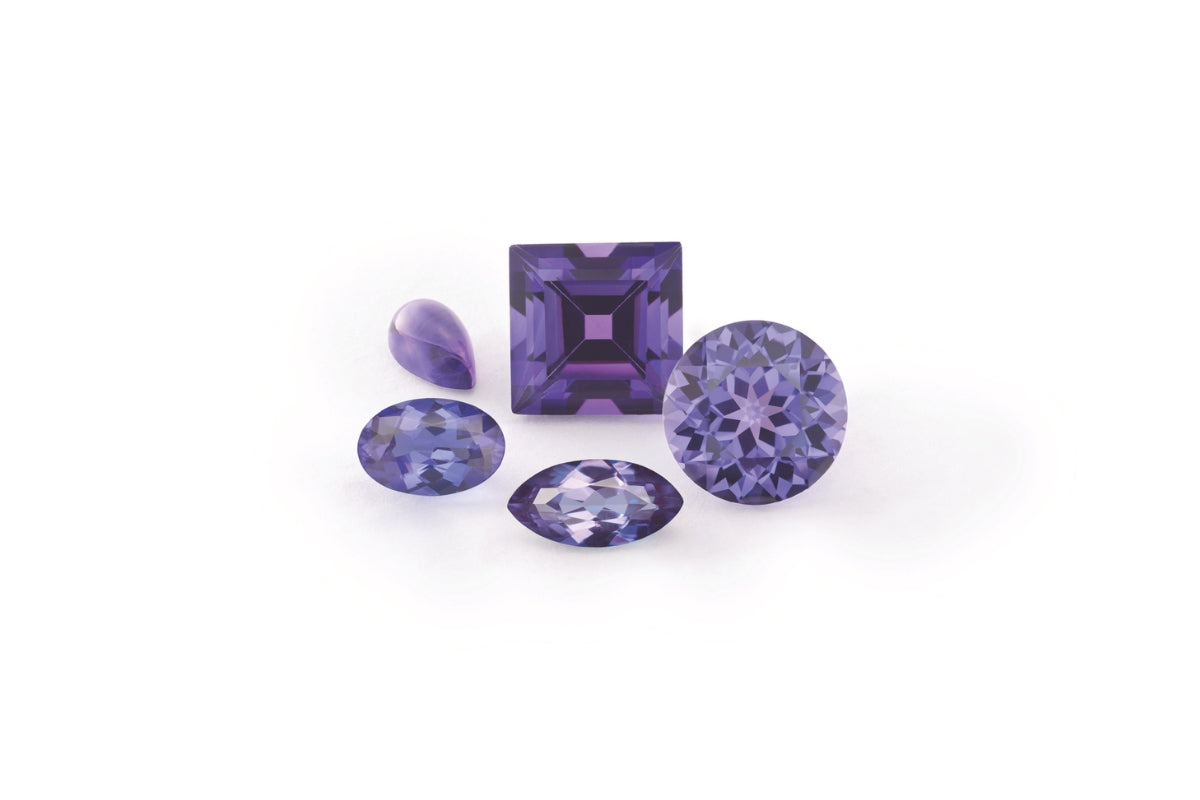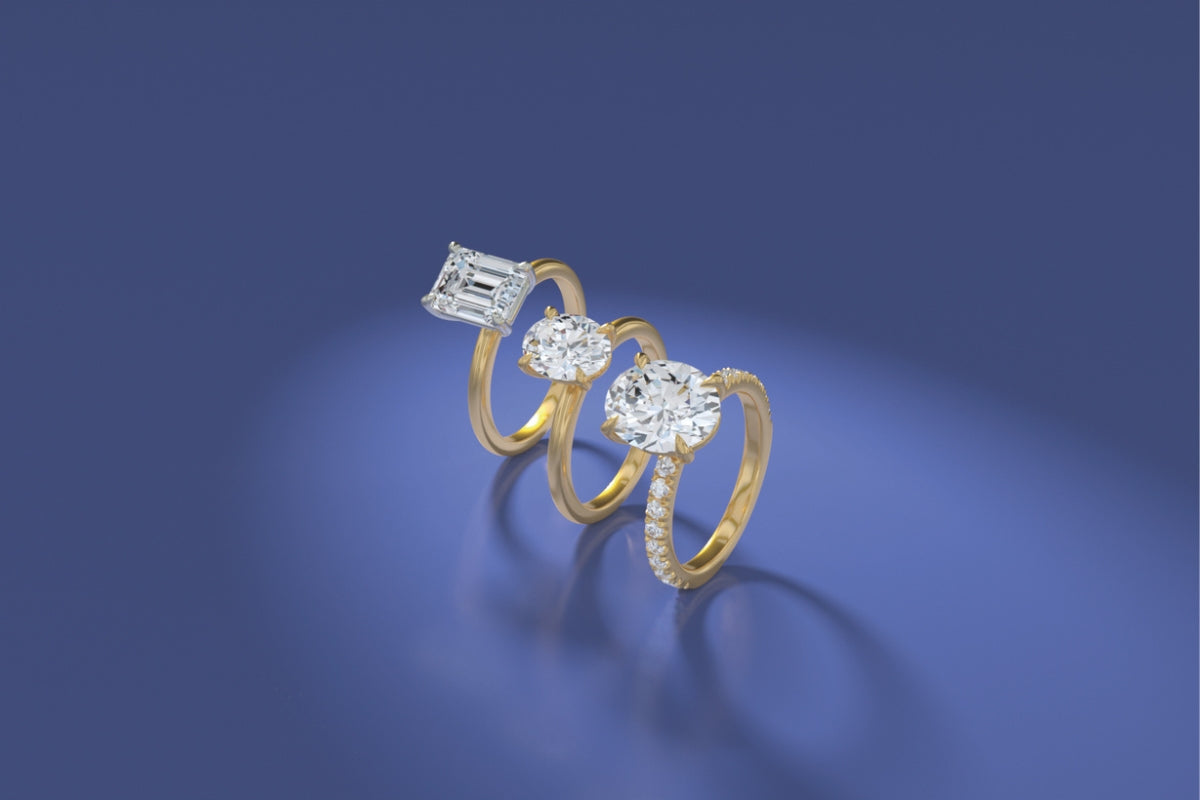Sometimes it can feel like searching for a needle in a haystack when it comes to shopping for diamonds. The diamond industry hasn’t made it easy for you to research, compare, and shop for diamonds. Being armed with as much information about the 4 C’s helps alleviate what to prioritize and how much importance to place on a particular 4C “grade.”
In a gemological diamond grading laboratory, many “buzzwords” are used to accurately and efficiently “diagnose” the initial impression diamond graders have of a diamond's face-up clarity characteristics.
These “buzzwords” help give an accurate initial understanding of what the diamonds clarity may be. A trained Gemologist, diamond grader, or jeweler, should be able to visually scan the diamond using a 10x jewelers loupe or high power Gemological microscope and derive at a clarity range as starting point. I found these buzzwords incredibly fun to assess. Since the 4C’s of diamonds are subjective, there’s no black and white answer or benchmark to compare. It’s an opinion, influenced by various cultures, generations of consumer preferences, experience of jewelers in the trade, and in the last century, science. There’s much more that goes into actually grading the clarity, we’ll get into that in a future blog post.
Keep in mind, diamond grading is subjective and therefore, opinion based. Gemological laboratories have thorough educational programs, training, and strict requirements. It’s not for everyone, it takes months to not only learn, but practice, and implement these opinions. Since no two diamonds are the same, there’s no particular example of what clarity grades are, or better yet, what they should be. In Gemology, there’s a lot of “gray” areas. The work isn’t easy, it’s intense! Much practice and methodical experience is required to consistently and accurately grade diamonds.
So, let’s uncover what these “buzzwords” are to help you understand their corresponding clarity grades, first under 10X magnification, and then with your naked eye.
Using ten power magnification
What’s your first impression of the clarity characteristic (e.g. blemishes and/or inclusions) and how impactful is it on the diamond's beauty overall?
Is it…
- Minute - which should equate to the “VVS” clarity range
- Minor - which should equate to the “VS” clarity range
- Noticeable - which should equate to the “SI” clarity range
- Obvious - which should equate to the “I” clarity range
Clearly, we’re not all diamond graders. The majority of shoppers end up taking the local salespersons advice, sometimes feeling intimidated and guided towards choosing the higher clarity grade, which ends up costing more money.
This didn’t sit well with me, so I wanted a way to convey to my clients what I see when I examine diamonds under ten power magnification. My clients don’t live in a world where they carry a ten power jewelers loupe, they intend to wear and showcase their beautiful jewelry. So, with that being said, I developed my own set of “buzzwords” that clients can think of in terms of “eye visibility” when judging clarity.
Using your naked eye
What’s your first impression of the clarity characteristic (e.g. blemishes and/or inclusions) and how impactful is it on the diamond's beauty overall?
Is it…
- Unseen with your naked eye = Minute under 10x magnification = “VVS” clarity range
- Minute with your naked eye = Minor under 10x magnification = “VS” clarity range
- Minor with your naked eye = Noticeable under 10x magnification = “SI” clarity range
- Noticeable or Very Noticeable with your naked eye = Obvious under 10x magnification = “I” clarity range.




